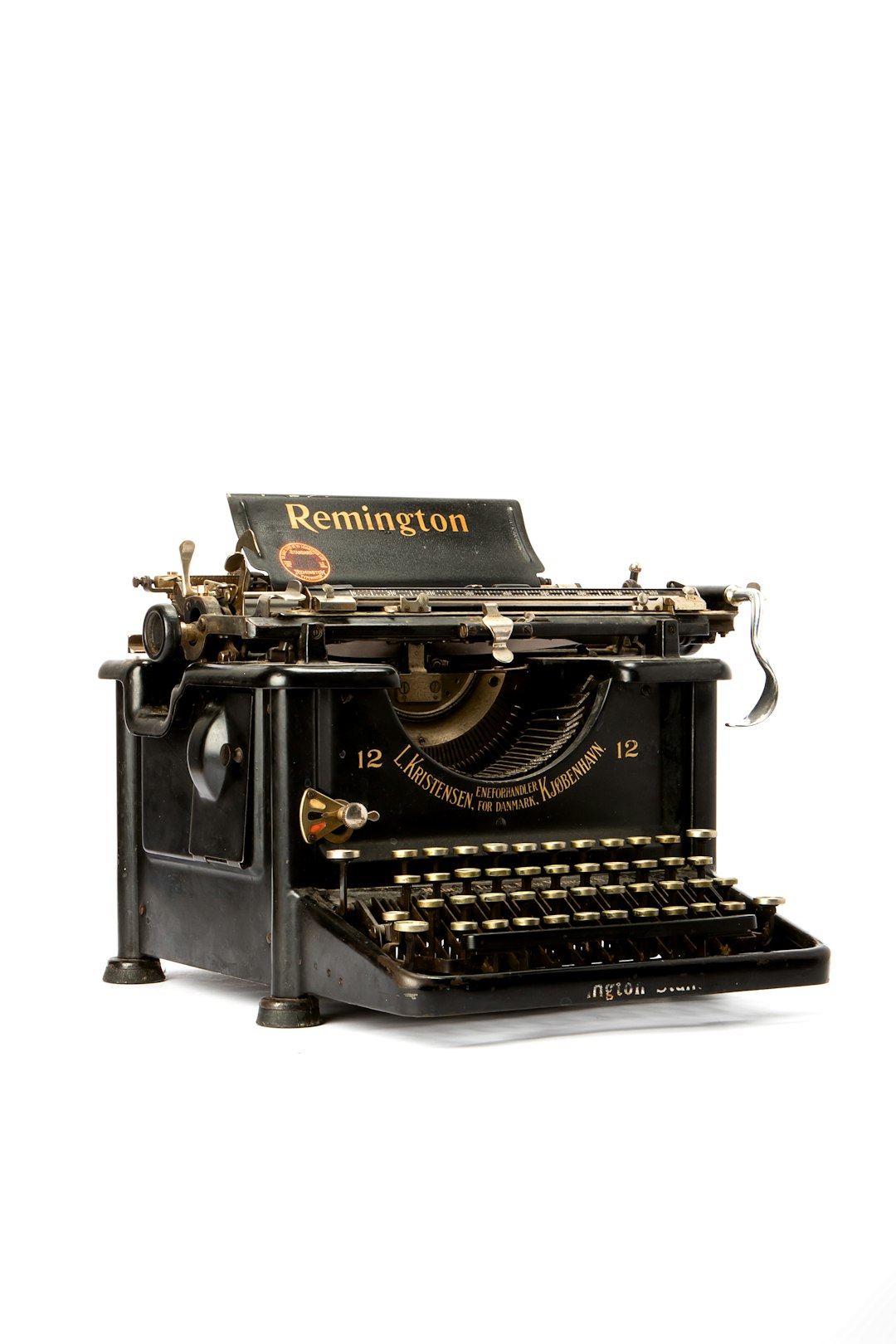Copywriter Kaituhi Pānui
Copywriters design and create print, digital, social media, video, television and radio advertisements.
Copywriters may do some or all of the following:
- follow instructions (briefs) from clients or account managers
- develop creative ideas with an art director and other team members
- research the product, the client and the client's audience
- write and edit advertising (copy) for print, mail, social media, television, radio, packaging, or the internet
- co-ordinate social media for an organisation
- pitch ideas to clients
- choose and work with actors, photographers, designers, printers and directors
- supervise the production of advertisements
- keep up to date with the latest trends in art, design, fashion, marketing, music and popular culture
- check the success of advertising campaigns and make changes.
Useful Experience
Useful experience for copywriters includes:
- creative writing and design work
- sales and marketing jobs
- social media work
- photography
- composing or playing music.
Personal Qualities
Copywriters need to be:
- creative and imaginative
- able to pay attention to detail
- organised
- good communicators who can build relationships quickly
- able to work well under pressure
- able to solve problems
- able to respond well to criticism
- confident.
Skills
Copywriters need to have knowledge of:
- persuasive and creative writing techniques such as scriptwriting
- spelling, grammar and vocabulary
- research methods
- HTML (coding for web writing)
- user design processes
- writing to a brief and keeping a consistent style for a brand
- online marketing, including techniques such as search engine optimisation
- effective advertising and marketing methods
- the products or services they are writing about
- a range of cultures and human behaviour
- current trends and issues, and what is happening in the advertising and marketing industries.
Copywriters who are self-employed also need to have business skills.
Conditions
Copywriters:
- usually work regular business hours, but may work longer hours to meet deadlines
- usually work in offices
- may work in stressful conditions, as they work to deadlines
- may travel to clients' workplaces to be briefed about what the client wants, or visit worksites to research products or services.
Subject Recommendations
There are no specific secondary education requirements to become a copywriter. However, English, design and visual communication (graphics), digital technologies, media studies and te reo Māori are useful.
Related Courses
Copywriters can earn around $47K-$60K per year.
Pay for copywriters varies depending on experience and where they work.
- Junior copywriters usually earn between $47,000 and $60,000 a year.
- Intermediate copywriters usually earn between $65,000 and $90,000.
- Senior copywriters usually earn between $110,000 and $160,000.
Self-employed copywriters' pay may vary as they work on contract.
Source: The Creative Store, 'Salary Survey 2023', 2023.
Copywriters may progress to set up their own businesses or go into management.
They may also become art or creative directors, and advertising or marketing specialists.
- Advertising, sales and marketing manager job information
- Advertising specialist job information
- Artistic director job information
- Marketing specialist job information
Copywriters may specialise in:
- bid writing (bid applications to get advertising contracts)
- long-copy work (writing content that is more than 1,000 words long)
- publishing print advertising such as booklets or mail
- radio and television advertising
- copywriting that uses search engine optimisation (SEO) techniques (to make sure content ranks highly in internet searches)
- social media such as Facebook posts
- website content like blogs and videos.
Years Of Training
There are no specific requirements to become a copywriter. However, employers may prefer you to have a tertiary qualification, such as a diploma or degree, in communications, journalism, marketing or writing.
Employers may want to see a portfolio of your work. This could include examples of print adverts, marketing mail, blog posts and videos.

 Green Bay High School
Green Bay High School